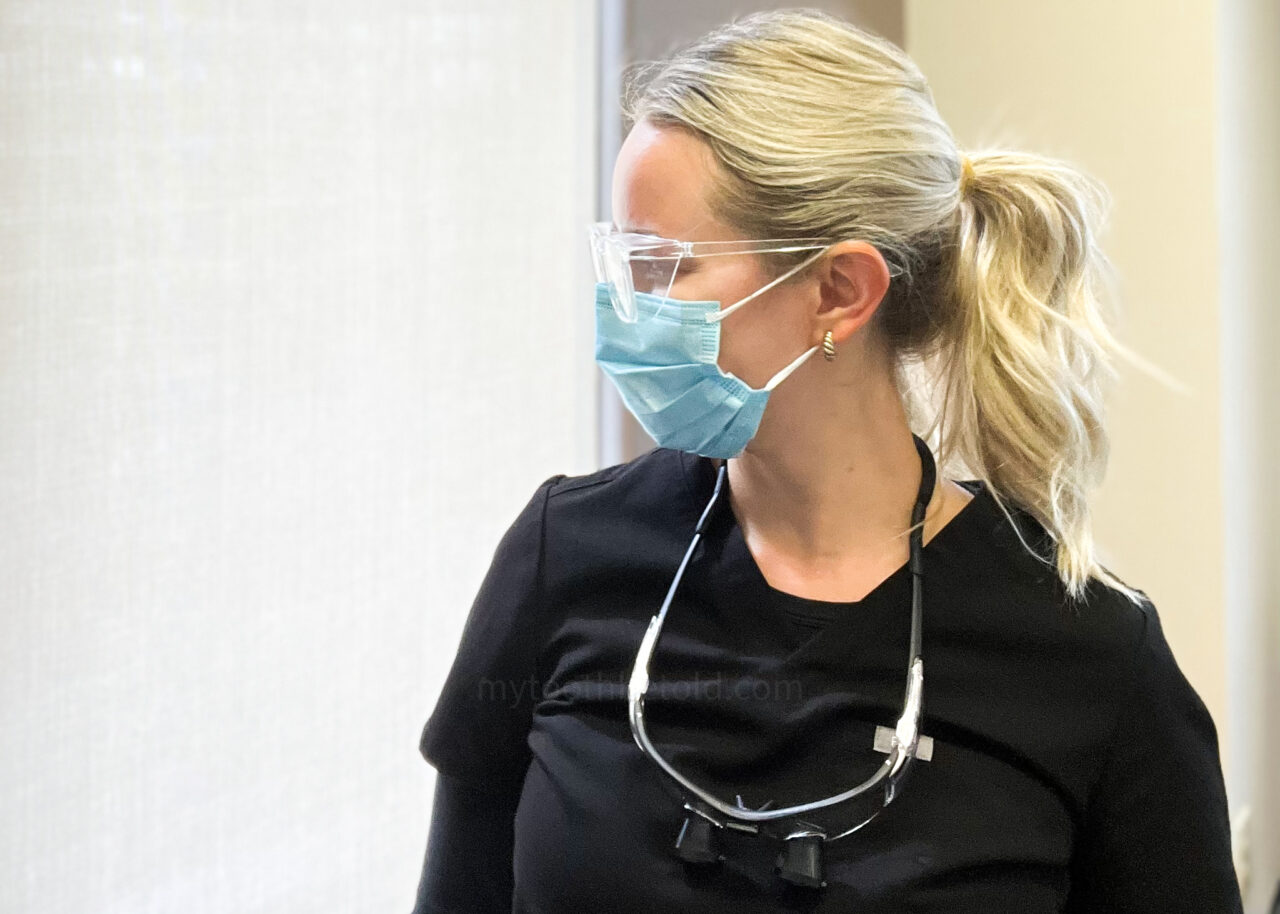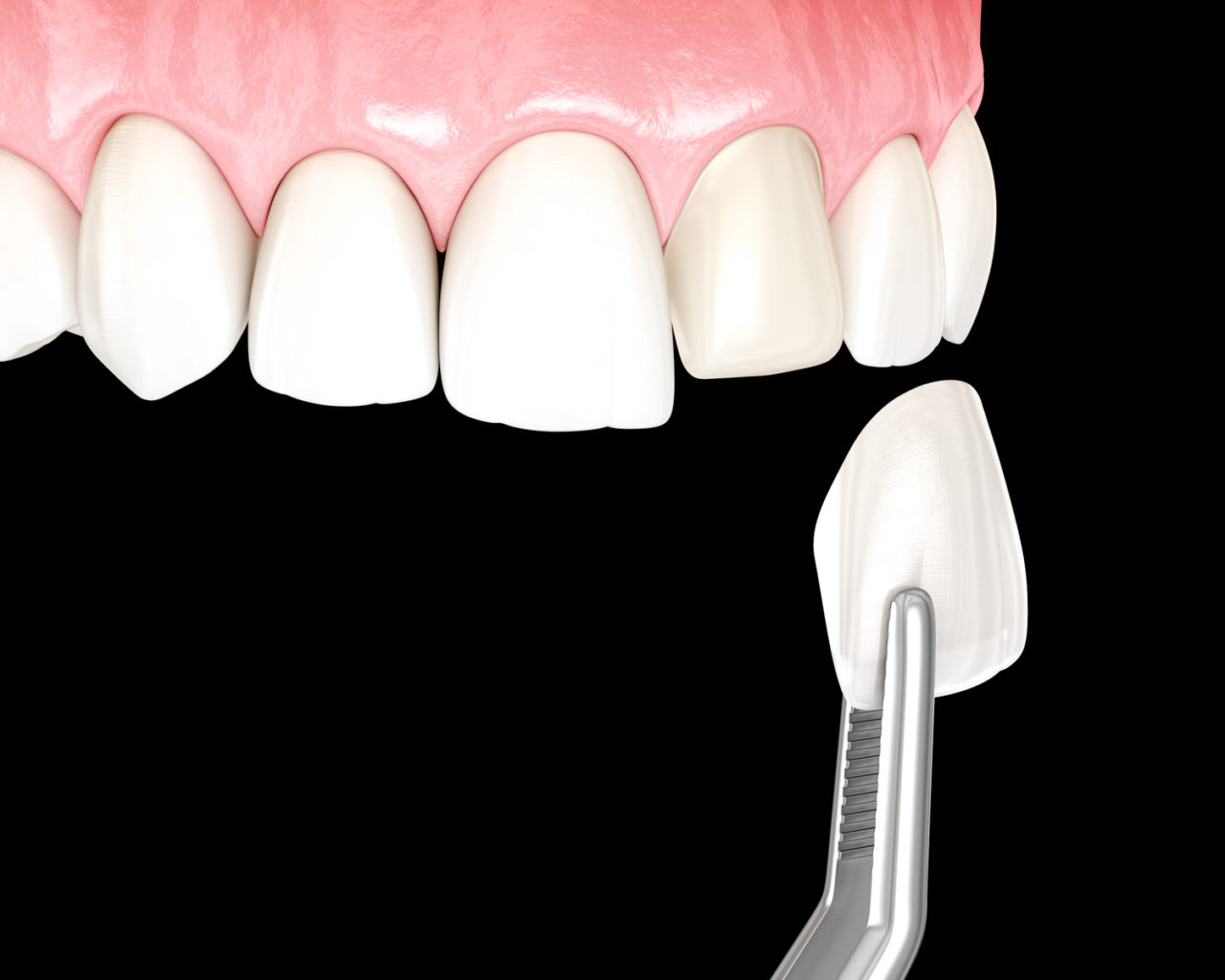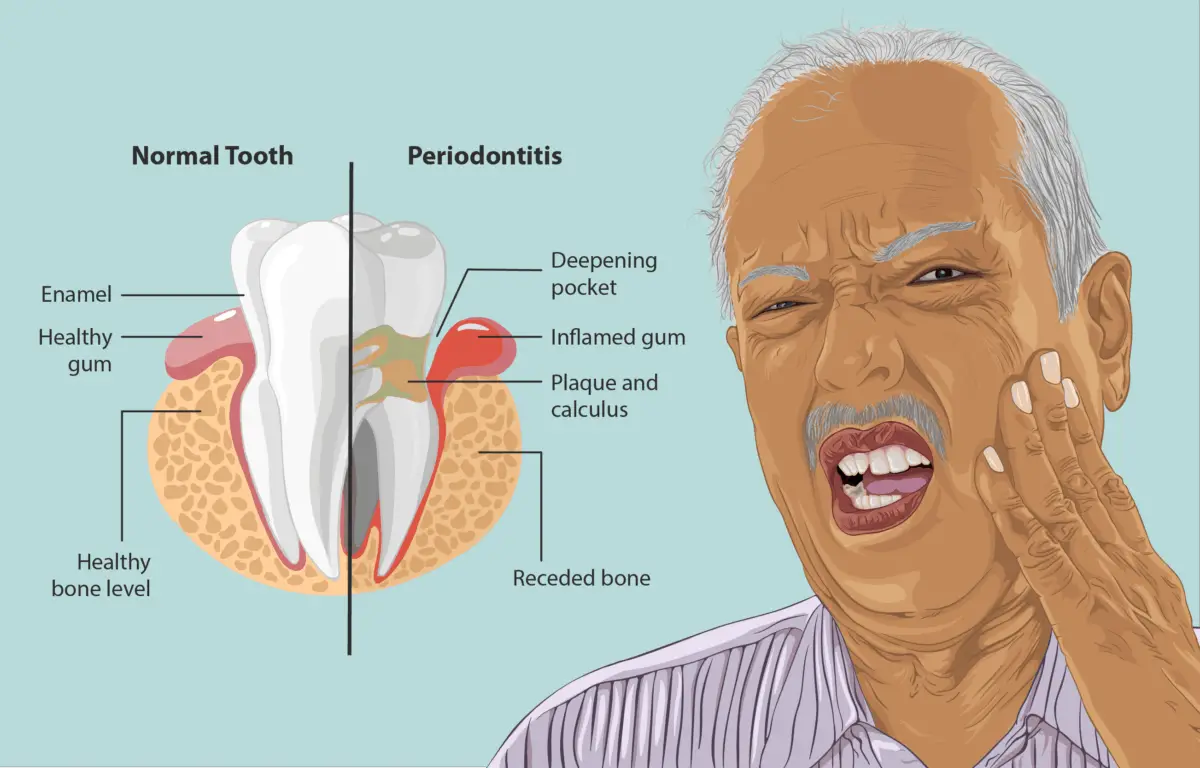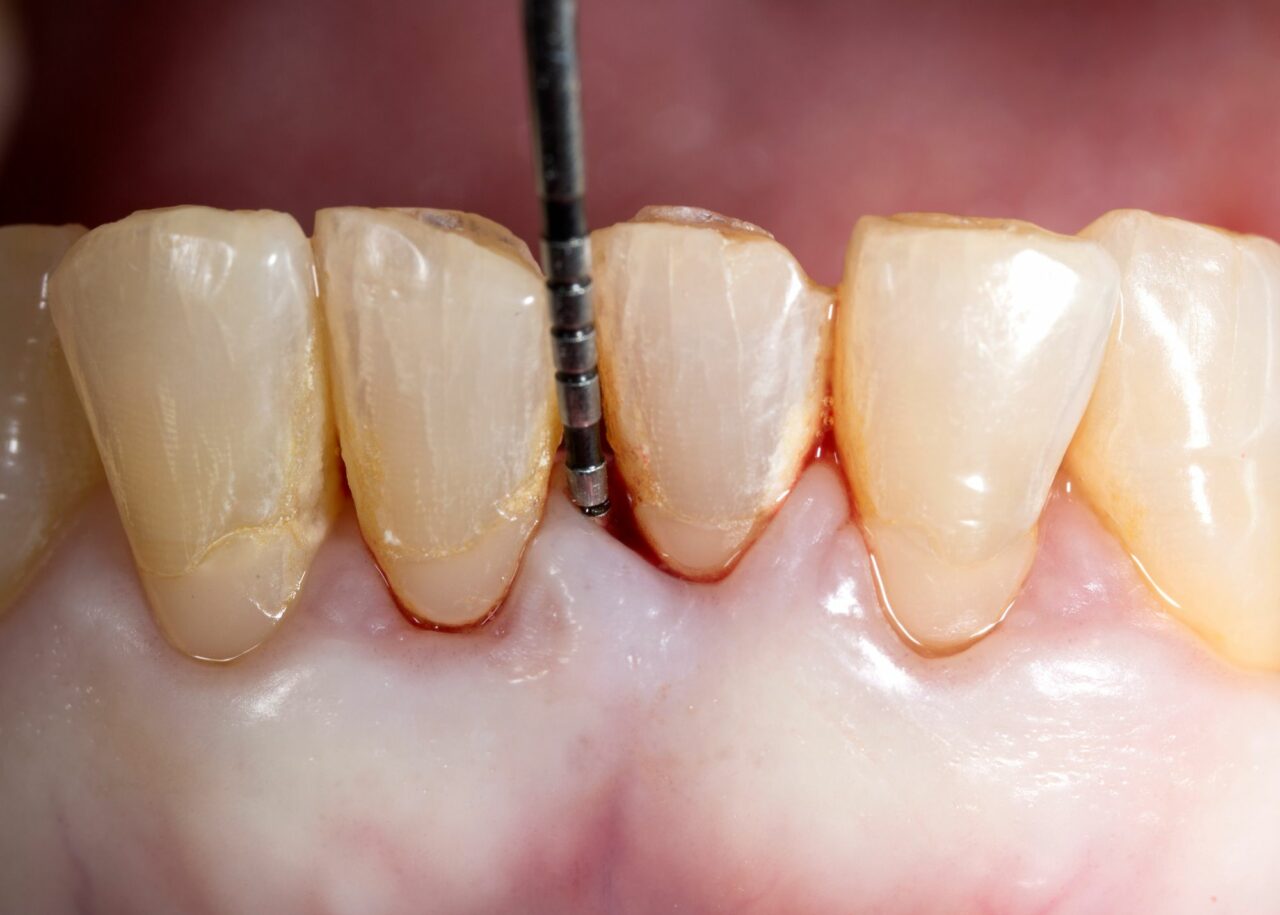
Sometimes my patients have called me a doctor or asked me if I am a doctor. In certain situations, individuals in the dental office can often be confused for one another. We dress similarly and use the same dental jargon. But are dental hygienists doctors?
Dental hygienists are not doctors. Dentists are doctors. Dental hygienists are licensed and regulated healthcare professionals that provide dental hygiene therapies and preventative treatments to improve patient’s oral health, including oral cancer, gum disease and hypertension screenings.
Even though dental hygienists are not doctors, we are just as important as dentists in helping patients achieve optimal oral health. But dental hygienists are so much more than just the people who clean teeth.
In this post, I briefly cover the roles and responsibilities of both dentists and dental hygienists, if dental hygienists can do fillings, extract/pull teeth, and what we are allowed to diagnose.
Can dental hygienists do fillings?
Dental hygienists are an integral part of the dental team. Our mission is more on prevention and educating on the mouth-body connection. Oral health is directly related to overall total body health.
But our responsibilities are limited because we are not regulated to perform certain procedures. Because dentists are doctors and go to school much longer than dental hygienists, the scope of practice is different.
Read Now: Are Dentists Physicians? A Look at the Differences and Similarities
Dental hygienists go to school for 3-4 years, dentists go to school for an average of 8 years, and more if they are a specialist in a particular area of dentistry, such as an orthodontist.
Dental hygienists cannot drill into the teeth and remove tooth structure.
Only dentists can drill and remove tooth structures as they are highly trained to do so.
In Canada, further qualifications allow dental hygienists to become restorative dental hygienists. The dentist will give an anesthetic, prep the tooth, and the restorative hygienist will complete the treatment, including; placing liners and filling material, polishing, and checking the bite.
Read Now: How Dental Hygienists Clean Teeth! What You Need to Know!
This means the dental hygienist can do fillings and help the dentist complete restorations. This extra qualification allows the hygienist to be of more value to the patient’s oral health care.
Restorative dental hygienists can be a massive asset in the dental office!

The scope of practice of restorative dental hygienists includes;
- place composite, amalgam, and temporary fillings
- place crowns and bridges (both temporary and permanent) but cannot fabricate the permanent crown or bridge.
- polish fillings, crowns, bridges
- torque dental implants
These expanded duties allow the dentist to perform more complex procedures that a restorative dental hygienist cannot do.
Dental offices work differently from each other, but if you have a restorative dental hygienist performing these duties, know that they are highly trained and skilled to do so!
Can dental hygienists pull teeth?
There have been many times when I am treating a patient whose tooth is so loose I couldv’e just popped it out so easily. But I refrain from doing what I would love to do and leave it.
Dental hygienists are not allowed to pull teeth as it is not within the dental hygiene scope of practice. Only dentists can perform teeth extraction procedures. When a tooth is extracted, antibiotics or painkillers may need to be prescribed, and only a dentist can prescribe them.
Even though, in some situations, pulling teeth can seem quite a simple task, it is not. Complications can arise, including infections and impact on the other teeth.
Read Now: Oral-B vs Sonicare Electric Brushes: Hygienist’s Opinion
Can a dental hygienist diagnose?

Dental hygienists have a scope of practice we legally need to practice within.
Dental hygienists can diagnose gum disease in Canada, including gingivitis and periodontitis. In the United States, limited states allow dental hygienists to diagnose gum disease, limiting effective oral hygiene care.
However, dental hygienists cannot diagnose tooth decay. We can say that there is a “suspicious area” or let you know that you need to see the dentist because they are worried about an area.
Dental hygienists do not have the qualifications to diagnose tooth decay.
I also read that in some states in the United States, dental hygienists are not allowed to diagnose gum disease!!! I couldn’t believe this. We are highly trained and have the comprehension to do so!
When dental hygienists diagnose gum disease, it allows us to discuss appropriate treatment and prevention with the patient and give the patient the best care!
It also solidifies that we are an essential and integral part of the patient’s oral care, and when we cannot make these decisions, it is like the dentist is babysitting us.
Canada and most states in the United States have it right. We are qualified, licensed and regulated health professionals.

It is essential to provide patients with a diagnosis to inform them of their oral health status and work together to improve their oral and total body health.
Read Now: Can Dental Hygienists Damage Gums? Hygienist Explains!
Here in Canada, there are six provinces where dental hygienists can own and operate their own practice. In Alberta, British Columbia, Manitoba, Nova Scotia, Ontario and Saskatchewan, hygienists can establish their own private practice without a dentist.
It improves access to care!
Dental hygiene clinics provide dental hygiene services for a lesser price than dental offices where a dentist works.
Dentists follow a different fee guide compared to the dental hygiene fee guide for independent practitioners.
But a word of caution; dental offices work as a team, and the dentist and dental hygienists should be working in collaboration. In my opinion, if you can afford it, go to a dental office where there is a dentist present. It is better to have multiple eyes and views on your mouth and oral health in one place rather than shuffling between the dental and dental hygiene offices.
It would be best if you went to the dentist to have x-rays and exams, as the dental hygienist cannot prescribe and diagnose x-rays without a dentist.
I hope you found this information helpful!
Holly 🙂

